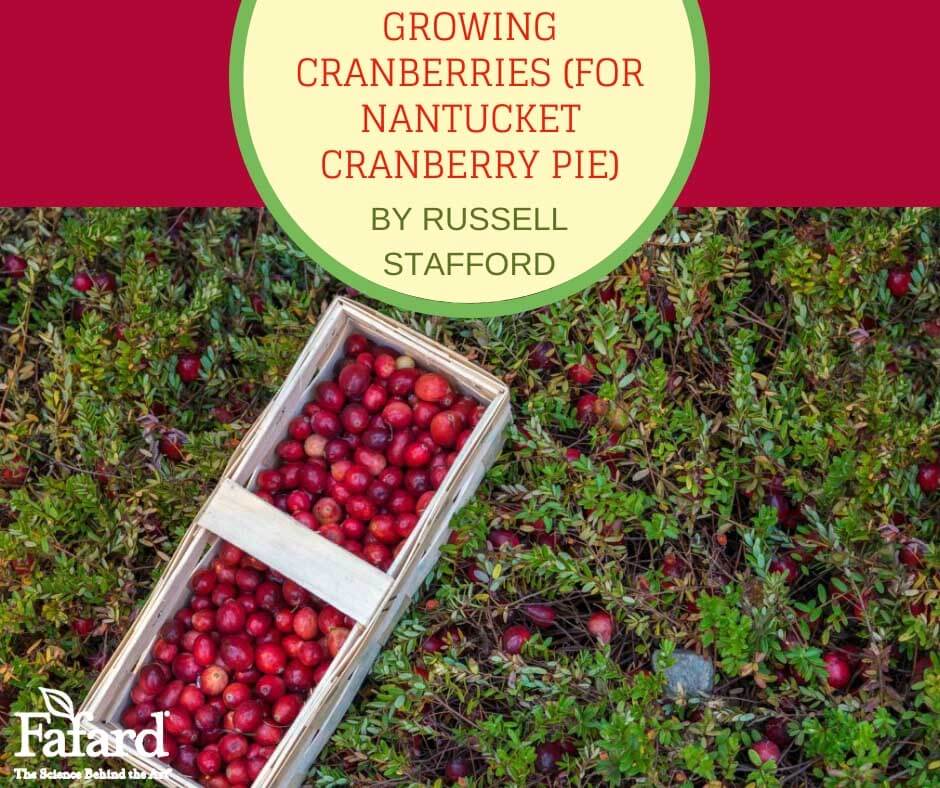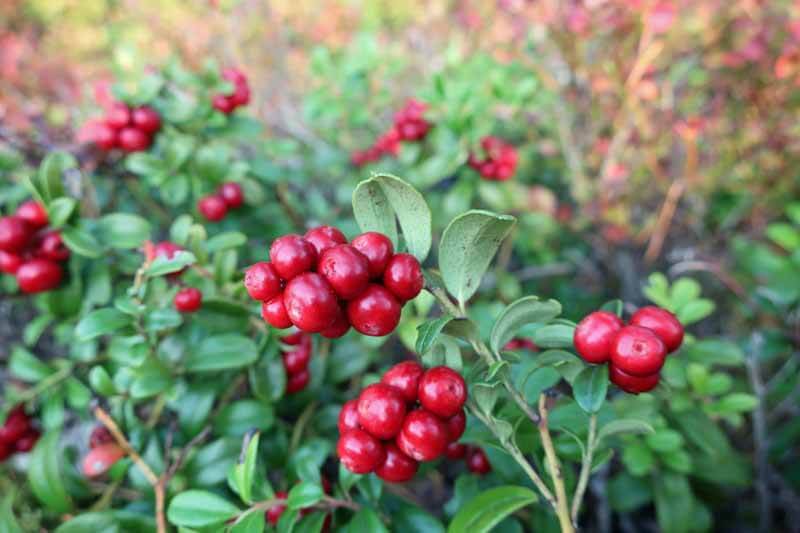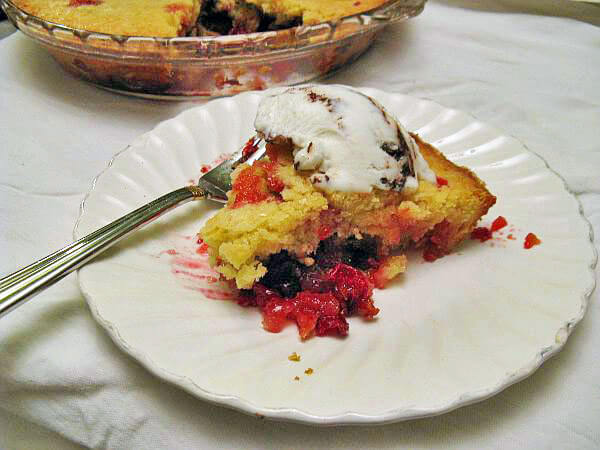
Miniature pumpkins are so irresistible they almost beg to be picked up and held. Varieties like the bright orange ‘Jack-B-Little’, striped ‘L’il Pump Ke-Mon’, tangerine orange ‘Bumpkin’, and the ghostly white ‘Baby Boo’ stand about two inches tall and three inches wide, their sides creased with deep ridges. Whether you use them for decorating, cooking or party favors, one baby pumpkin is never enough. In October retailers offer bins full of the little charmers, but it is also easy to grow them at home. Raising mini pumpkins can be a great, kid-friendly gardening project.

Growing Mini Pumpkins
These smallest pepos are part of the same squash or cucurbit family as their larger relations and favor similar growing conditions—plenty of sunshine—at least six hours per day–and consistently moist soil enriched with organic amendments like Fafard ® Premium Natural & Organic Compost. The vines will sprout happily in large containers or in-ground settings. As befits their smaller size, minis take somewhat less growing time than the orange behemoths, maturing in 90 to 100 days from seed. Under good conditions, each vine should produce eight to ten miniature pumpkins.
If you live in an area with a short growing season, start minis indoors two or three weeks before the last frost date for your area. Otherwise, sow outdoors in mid-May to ensure a supply for harvest-time decorations. Follow package directions, making sure to give the young plants plenty of room. Grow the pumpkins in vegetable or ornamental beds, or on sunny decks or terraces. Proximity to some kind of support—fences, trellises or bamboo teepees—is helpful, though the vines can also be allowed to sprawl along the ground or cascade from porches or raised beds.

Lilliputian Jack-o-lanterns are very amenable to container culture. Almost any sturdy vessel will work, as long as it has drainage holes. A ten-gallon container will support a single mini pumpkin vine. To grow several vines in one pot, select one that will hold twenty to twenty-five gallons, preferably with a diameter of at least thirty-six inches. Whatever container you choose, fill with a fifty/fifty mix of quality potting medium like Fafard® Ultra Potting Mix With Extended Feed With Resilience™ and Fafard ® Premium Natural & Organic Compost.
In-ground or in containers, if you decide to support the young pumpkins, tie them with soft ties–pieces of old pantyhose or any other flexible material. As you tie the vines, you will notice that the young fruits start out rather pale in color. Rest assured, the orange-fruited varieties will turn tawny in time.
Critter control is a must because varmints like raccoons, squirrels, and groundhogs are extremely fond of miniature pumpkins. Spray the developing minis with an organic critter deterrent to keep them away. Remember to re-spray after every rainstorm.
Mini Pumpkin Harvest and Use
You will know your minis are ripe when the vines appear dried-out and the stems greenish-brown. If you are using the pumpkins as decorations, let them cure in a cool, dry place for about a week before piling in baskets, mounting on wreaths, carving into votive candle holders or arranging on the mantle. Minis also make clever place cards for birthday or dinner parties.

Though less fleshy than larger varieties, ‘Jack-B-Little’s and their kin can also be used in cooking. The little pumpkins make eye-catching individual containers for baked eggs or savory hot dishes containing combinations of meat, vegetables and/or grains. Sprinkle the insides with a bit of brown sugar, dot with butter and roast for a simple dessert.
Minis can also be used as colorful ramekins for sweet baked concoctions like custards, bread puddings or fruit crumbles. Because the sides of the pumpkin are somewhat thicker than most ceramic vessels, you may have to add extra cooking time to standard recipes.
In fall, the garden is full of big specimens—giant squash, “dinner plate” dahlias and cushion mums big enough to seat a giant. Miniature pumpkins are a reminder that good garden things also come in small packages.

 Garden herbs ready for harvest. (photo by Jessie Keith)
Garden herbs ready for harvest. (photo by Jessie Keith)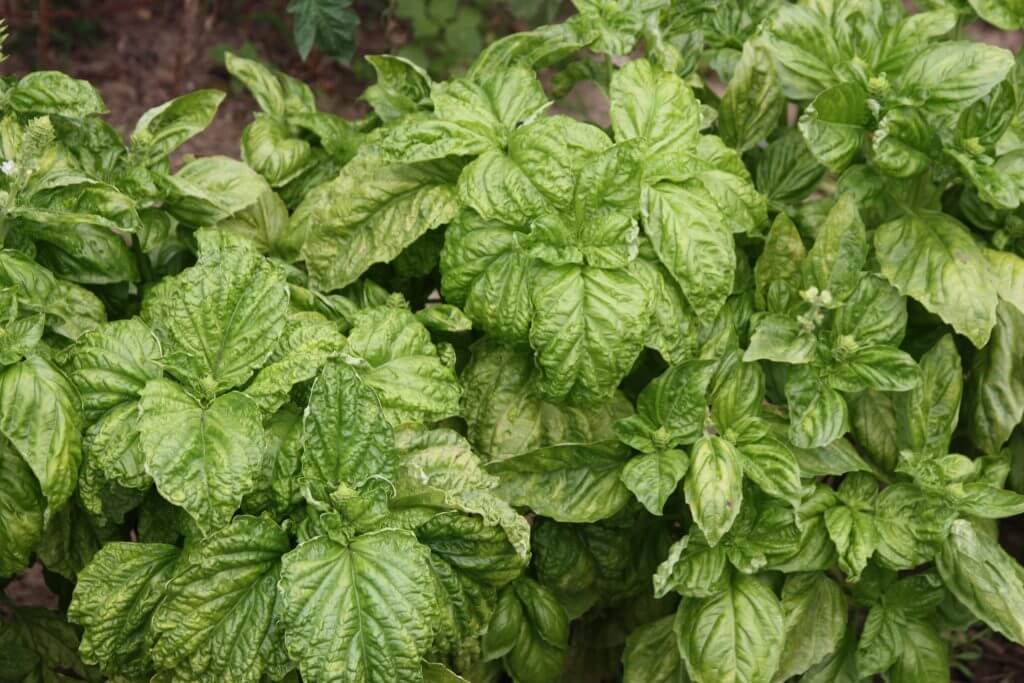 Basil is best frozen for winter use. (photo by Jessie Keith)
Basil is best frozen for winter use. (photo by Jessie Keith)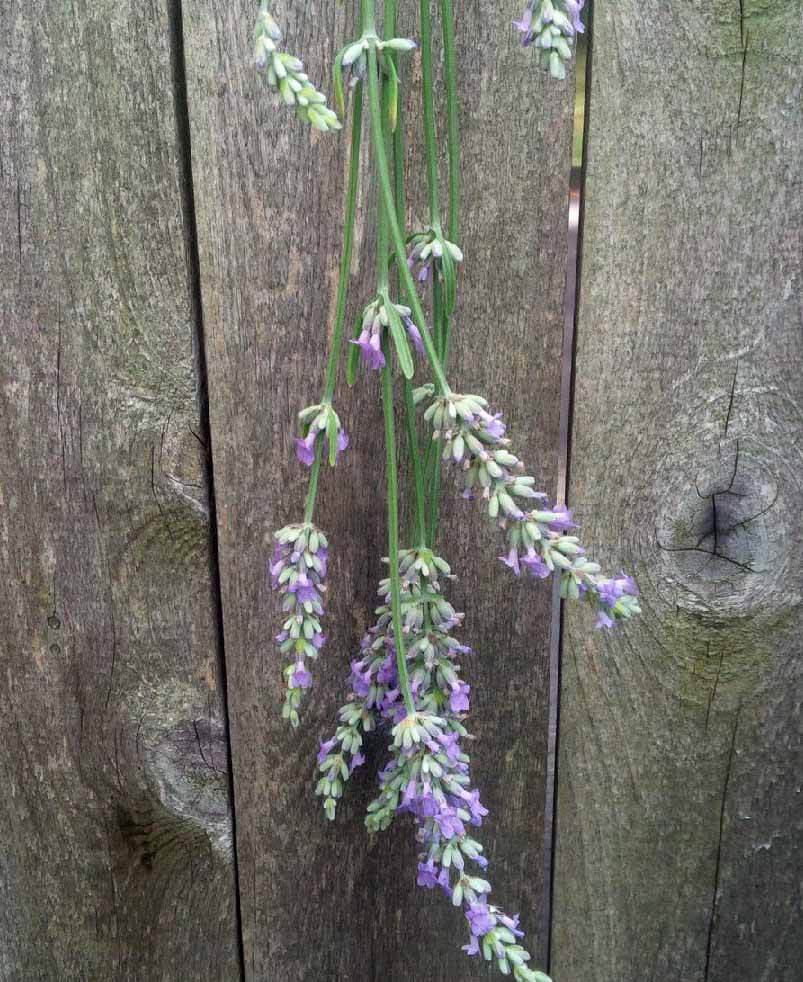 Lavender flowers are best dried by hanging in a cool, dry place.
Lavender flowers are best dried by hanging in a cool, dry place.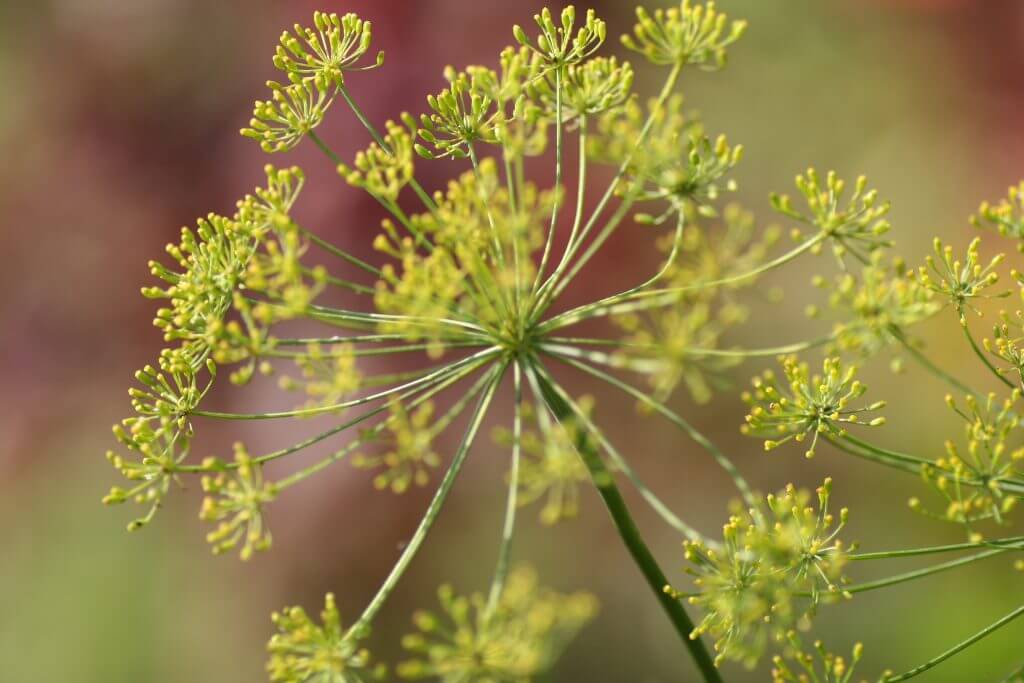 Dill weed can be dried for winter and the seed collected and used as a spice. (photo by Jessie Keith)
Dill weed can be dried for winter and the seed collected and used as a spice. (photo by Jessie Keith)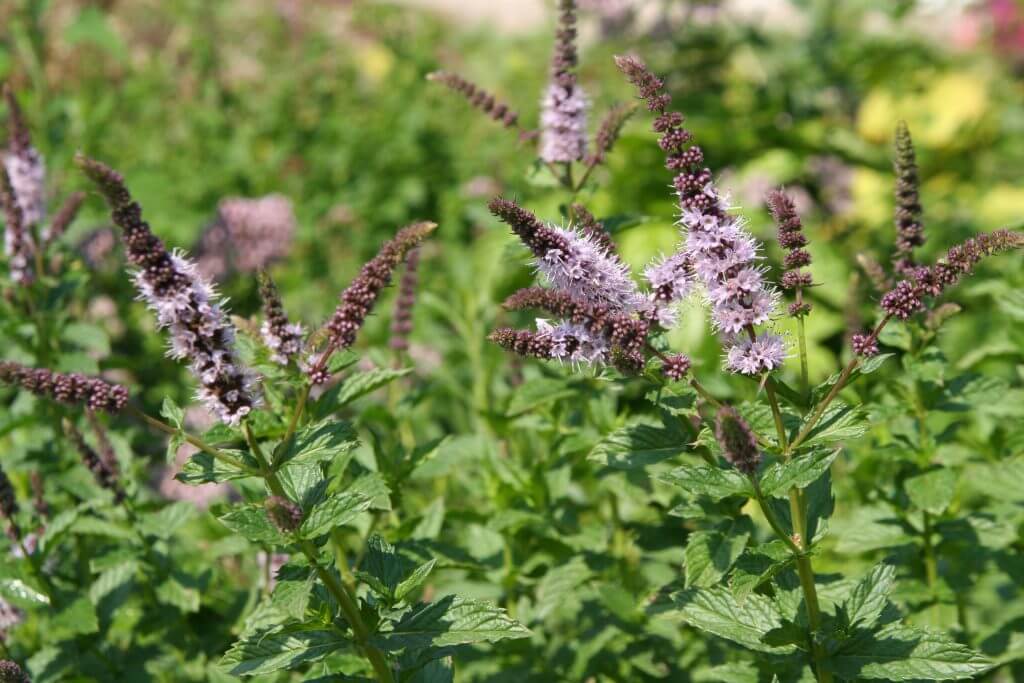 Mints retain their flavor beautifully when correctly dried. (Image by Jessie Keith)
Mints retain their flavor beautifully when correctly dried. (Image by Jessie Keith)



























